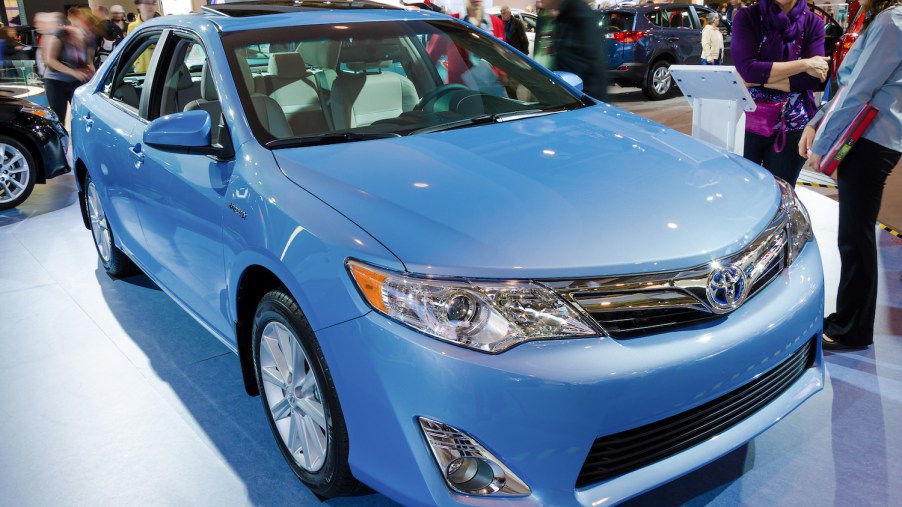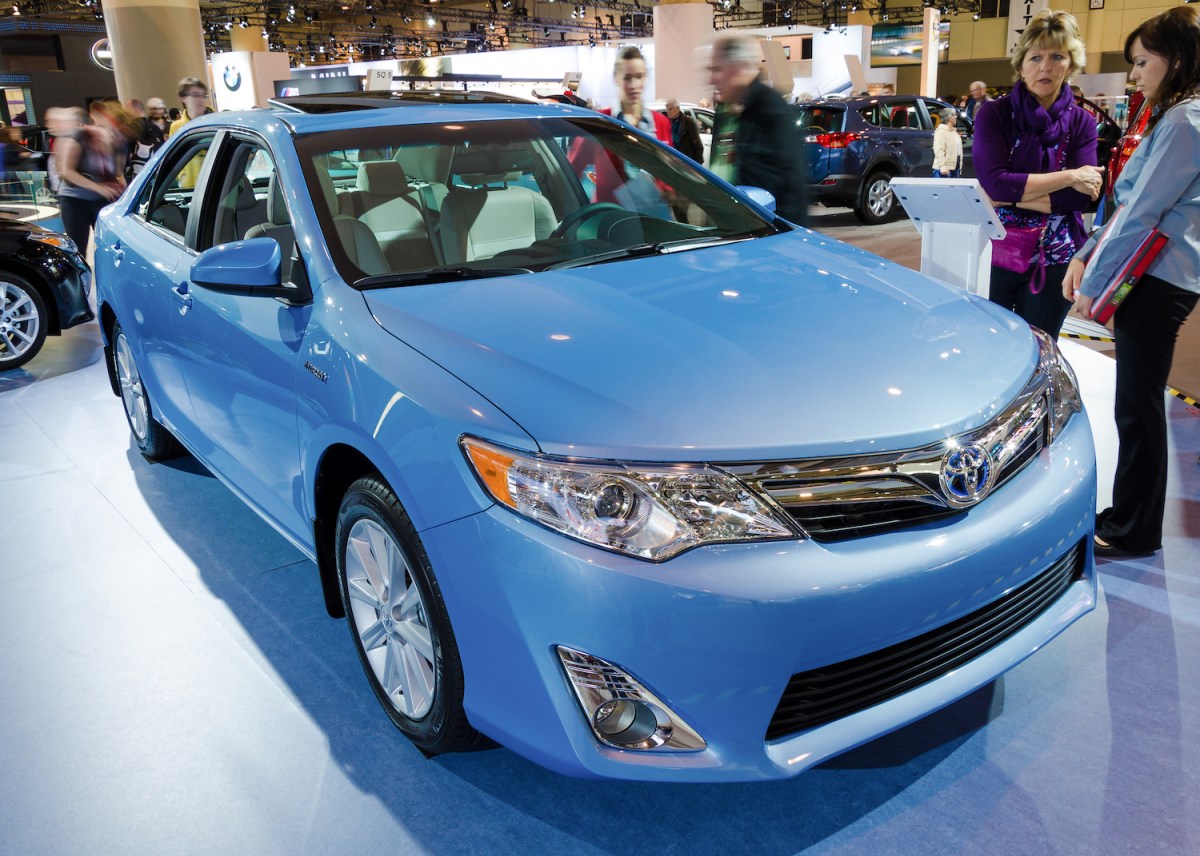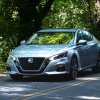
The Best Used Toyota Camry Model Years Uphold the Midsize Sedan’s Reputation for Reliability
Toyota has worked hard for decades to ensure the very idea of reliability wafts from each car. It’s a potpourri of reliability, affordability, and simplicity, and it’s especially true of the Toyota Camry. The Camry exudes consistency. Very few years stand out in terms of poor reliability. According to owners on Car Complaints and the NHTSA websites, 2007 and 2009 are the Camry’s worst years.
Camrys from 2007 and 2009 were scrutinized for excessive oil consumption, but things seemed to return to normal after that. The reliability-defined status quo was reinstated, and it’s held up through to today. If you’re looking for a used Toyota Camry and want to preserve reliability, these are the model years you should look for.
Second, third, and fourth-generation Toyota Camrys are the kings
North America has had the Toyota Camry since the first generation, but that first generation wasn’t a proper representation of what Toyota was capable of. To see the potential of the Camry, you’d have to fast forward to the second generation in 1987. Even today, owners have few complaints about second-generation Camrys, especially because they were simple. Camrys at this time didn’t have many advanced features. Simplicity means reliability. Just ask Ford about its Coyote V8. The Toyota rode that reliability train through the year 2000, according to Consumer Reports.
The calm before the storm: 2006 Toyota Camry
Toyota’s Camry problems of 2007 were spurred on by new powerplants introduced that model year. Prior to that, the 2006 Camry was a solid machine. Owners could get 210 horsepower from a 3.3-liter V6 and could choose between a manual or automatic transmission. Back then, the worst the owners had to deal with was a rapidly deteriorating speaker cover. The 2006 model did have a problem with the gas pedal accelerating the car seemingly uncontrollably, but Toyota issued a recall. Consumer Reports dictates the Toyota Camry hit a lull in 2001 in terms of reliability, but it picked up throughout the generation.
Upset Toyota Camry owners met a lull in 2013

When the 2013 model came around complaints dwindled. Owners had to deal with heater and A/C problems and a similar accelerator problem as with the 2006 model. NHTSA investigated the problem with the help of NASA. Otherwise, the 2013 model was fairly quiet, according to the NHTSA, and it had significantly less recalls than any other model year surrounding it. Camrys from 2013 still go for around $20,000.
2017: the last good Camry so far
The most recent and best year of the Camry, according to complaint volume, is the 2017. It seems the worst owners have had to contend with is noises. Owners have heard a rattling sound from inside the car and a grinding noise presumably from the suspension.
However, there was another problem, much worse than noises. Several owners reported their car accelerating out of control, even when the brake was applied. This problem was not recalled, but owners have been able to get it fixed. If you’re shopping for a 2017 Camry, get service records with it, and make sure the problem has been dealt with.
There you have it. According to some Camry owners, the majority of the model years are solid as rocks. Reliability seems to take a strong hit when new technologies are introduced, as in the later years, but the more complicated any car gets, the more failure points it has. Generally, you can’t go wrong with a Toyota Camry. Just be sure to have its brakes and engine checked.


